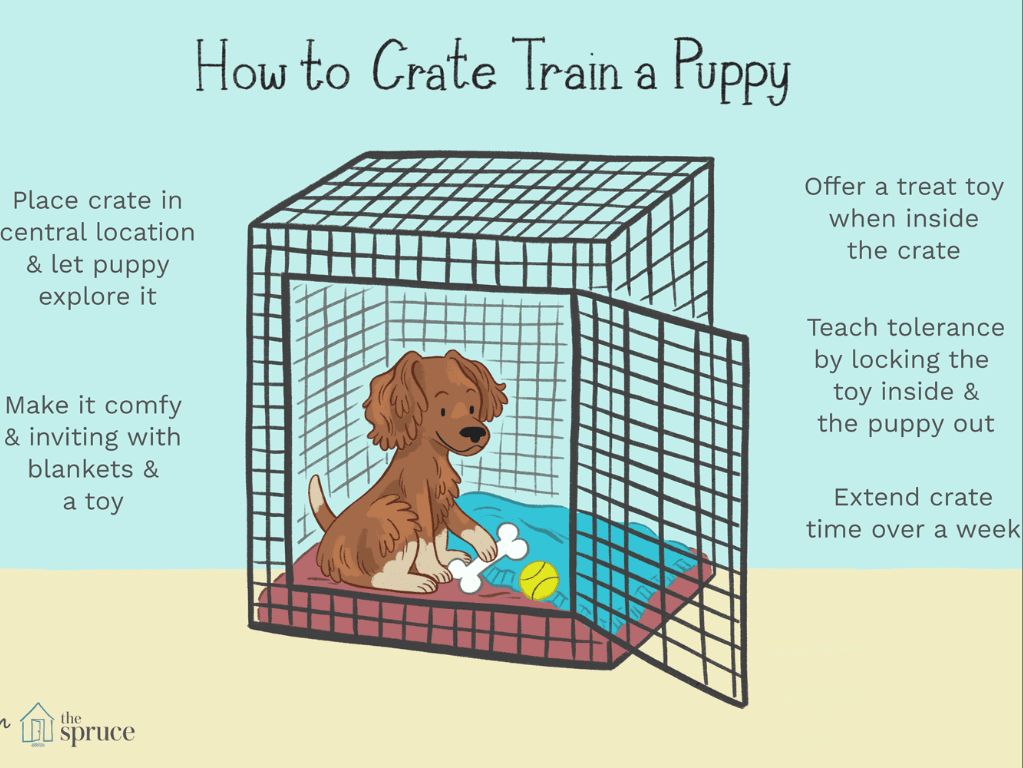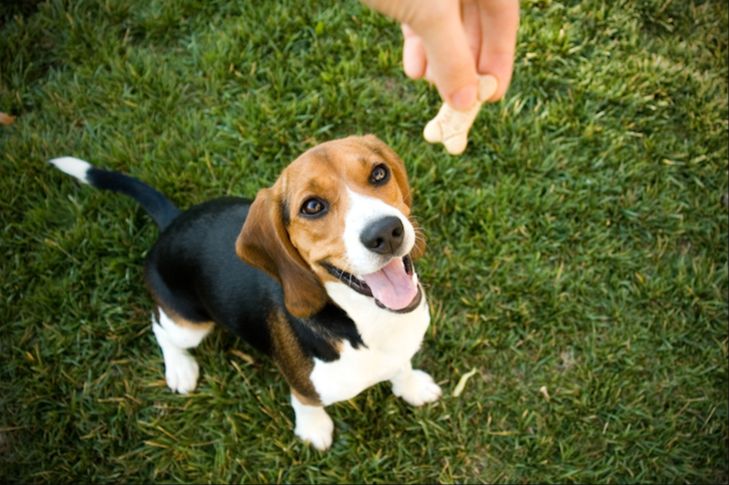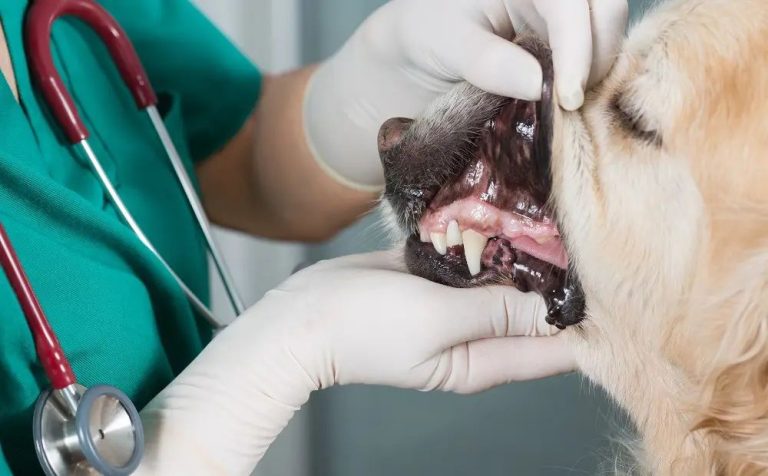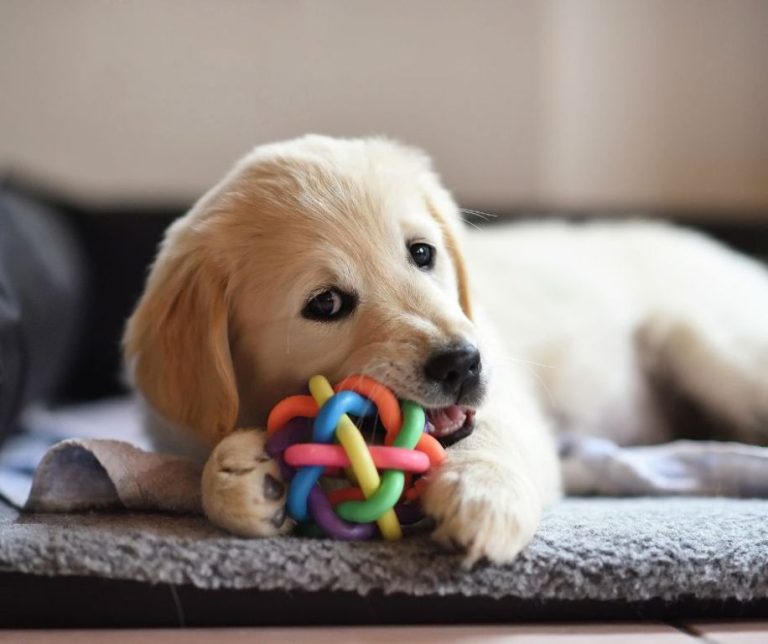Starting Out Right: A Beginner’S Guide To House Training Your Dog
House training a new puppy is an important process that requires patience, consistency and an understanding of canine behavior. The goal is to teach your puppy to eliminate only in the designated potty spot outside. By following the right techniques and establishing a reliable routine, you can set your puppy up for success in learning this essential skill.
It’s important to start house training as soon as you bring your puppy home. The earlier you begin, the quicker your puppy will learn good habits. Puppies begin to gain control of their bladder and bowels between 4 and 6 weeks old. So the ideal window for house training is 8-12 weeks of age. Of course, adult dogs can be house trained too, it just may take a little longer depending on their background.
Be prepared for accidents along the way. Puppies will have occasional misses as part of the learning process. But by remaining calm and consistent with your training, your puppy can be fully house trained within 4-6 months. With your dedication and these proven techniques, you and your puppy will be off to a great start in your life together.
Preparing Your Home
One of the most important parts of housetraining your new puppy is setting up your home properly. This involves designating an appropriate potty area, puppy-proofing potential accident zones, and having the right supplies on hand to clean up any messes.
Decide where you want your puppy to go potty and set up the area with either potty pads, fake grass, or a litter box. Make sure the designated potty spot is easily accessible from where your puppy spends most of their time. Limit access to the rest of the house until they learn to only potty in this area.
Puppy-proof areas like carpeted rooms, behind furniture, and near entryways. Block access if necessary and remove any tempting objects. Confine your puppy to only one or two rooms when you can’t directly supervise them.
Have enzymatic cleaner, paper towels, and garbage bags on hand. When accidents do happen, blot up urine and soak up stool. Then thoroughly clean the area to remove all traces of odor. This prevents your puppy from being drawn back to the same spot.
Properly preparing your home saves time and prevents frustration when housetraining a new puppy. With designated potty spaces, confinement when alone, and the right clean-up tools, you can get through this temporary stage smoothly.
Establishing a Routine
The key to successful potty training is establishing a predictable routine for your puppy. Sticking to a consistent schedule for feeding and taking your puppy outside will help them learn where and when it’s appropriate to relieve themselves. Here are some tips for establishing an effective house training routine:
Feed your puppy at the same times each day, generally 3-4 times for young puppies. Puppies will likely need to eliminate shortly after eating. Take your puppy outside within 15-30 minutes after each meal and encourage them to go potty.
Take your puppy outside frequently, especially early in training. Puppies have small bladders and may need to go every 30-60 minutes, as well as first thing in the morning, after napping, after playing, after chewing, and before bedtime. With time, you can gradually extend the time between potty breaks as their bladder control improves.
Always praise and give treats immediately after your puppy eliminates in the designated potty spot outside. This reinforces that outside is the right place to go. Say a cue word like “go potty” to associate the action with a command.
If your puppy has an accident inside, briefly say “no,” pick them up, and immediately take them outside to the potty area. Give praise if they finish eliminating outside. Remain calm and do not punish the accident.
Track your puppy’s potty times and progress by keeping a log. Note when they eat, nap, play, go outside, have accidents, and successfully eliminate outside. This can reveal patterns and help optimize your routine.
Crate Training Benefits
Crate training provides many benefits for both you and your dog during the housetraining process. By giving your dog their own special space, a crate helps encourage good behavior and prevent accidents when you can’t supervise them. Some of the key benefits of crate training include:
Providing a safe, comfortable space. Crates give dogs a cozy den-like area to relax and sleep in. It should be just big enough for them to stand up, turn around, and lie down comfortably. The crate helps dogs feel secure and avoids anxiety from having too much space.
Encouraging bladder control. Dogs naturally avoid soiling in their sleeping area, so crates teach them to “hold it” for longer periods of time. Starting with short sessions and rewarding pottying outside the crate builds this control.
Preventing accidents when unsupervised. Crates prevent indoor accidents and destructive chewing when you can’t watch your dog. Puppies under 6 months especially shouldn’t have unsupervised run of the house.
Easing separation anxiety. Spending time in the crate teaches dogs to be more comfortable when left alone, reducing anxiety, barking, and destruction. Provide treats and toys to associate the crate with positive things.

Allowing proper amounts of rest. Enforced naps in the crate prevents overtired puppies from becoming unruly. Adult dogs also benefit from quiet time in their crate daily.
For successful crate training, make it comfortable with a mat, treats, and toys. Feed your dog some meals in the crate and praise them for going inside. Start with short sessions of just 5-10 minutes, gradually increasing the time spent in the crate during the day and at night. Most puppies can sleep through the night around 3-4 months old. With consistency and positive reinforcement, your dog will see their crate as a sanctuary, not a punishment.
Teaching Potty Commands
One of the most important parts of house training your dog is teaching them potty commands they can follow every time. You’ll want to start by picking a consistent word or short phrase like “go potty” or “do your business” to use before your dog eliminates. Only use that specific phrase, and be sure everyone in the household uses the same one. Say it multiple times while your dog is relieving themselves, and offer praise and rewards immediately after. This teaches your dog to associate that verbal cue with the proper potty behavior.
It can be helpful to first practice this on leash while taking your dog directly to their designated potty spot outside. Say your cue word or phrase repetitively while they sniff and circle, and then praise excitedly and give treats as soon as they eliminate. You’ll want to continue rewarding every success for the first few weeks to reinforce the behavior. Over time, you can phase out food rewards once your dog is reliably going potty on command.
The next important step is transitioning this off leash, allowing your dog to potty independently in the yard. Start by saying your cue phrase while standing by the door, then letting your dog run out ahead of you. Keep praising and rewarding each time your dog goes immediately. If they get distracted or don’t go right away, lead them back inside and try again in 15 minutes. Only reward prompt outdoor potties to reinforce the desired behavior.
With continued practice and consistency, your dog will learn to potty on cue whenever you say your special phrase. This reliable response makes housetraining much smoother. Just be sure to use patience and positive reinforcement until your dog has it mastered.
Troubleshooting Setbacks
Accidents are frustrating but common during the house training process. If you encounter setbacks, remain calm and reinforce the fundamentals:
- Take your dog out more frequently
- Reward successes with praise and treats
- Thoroughly clean any accident areas with enzymatic cleaner
Identify the root of the setbacks. Did you give your dog too much freedom too soon? Is the schedule inconsistent? Are rewards not motivating enough? Pinpoint the cause to get back on track.
Consult your vet to rule out medical issues like UTIs or digestive problems. Such conditions can make holding it difficult for dogs.
Provide extra supervision and limit access until consistent again. Confine to a crate or small room when you can’t directly supervise.
Stay patient and consistent. Regress training if needed. It may take some dogs longer to develop bladder control. But stick to the fundamentals and be encouraging. Consistency and positive reinforcement will lead to success.
Managing Excitement Urination
Excitement urination is very common in puppies and untrained adolescent or adult dogs. Young dogs often have not yet gained control of their bladder and leak when they get overly excited to see you, meet a new person, or play. It usually resolves on its own as a puppy matures, but you can take steps to minimize incidents.
Limit the dog’s access and freedom initially, keeping them confined in a crate or small room when you’re away or occupied. Puppies under 6 months should not have full run of the house until properly housetrained. Teach calm behaviors through daily obedience training, rewarding the dog for being relaxed and settled.
When you return home, ignore your dog for the first few minutes before acknowledging them to avoid triggering excited urination. Ask guests to help by also ignoring your excited puppy upon entry. Thoroughly clean any accidents with an enzymatic cleaner to remove odors that can draw the dog back to the same spots.
While exciting urination takes patience and consistency to overcome, following these guidelines can help instill good housetraining habits while your puppy gains greater bladder control.
Preparing for Being Home Alone
Once your dog understands potty commands and is comfortable in the crate, you can start leaving him home alone for short periods. Start with absences of only 5-30 minutes and slowly build up the duration. Ensure your dog is expending energy and getting adequate stimulation before you leave. Provide interactive puzzle toys or safe, long-lasting chews and make sure he empties his bladder right before you go.
To avoid getting your dog too excited, keep reunions low-key. Be matter-of-fact when you leave and when you return. Departures and homecomings should not be emotional events. Consider using calming aids like synthetic pheromone sprays/diffusers or calming treats with natural supplements to reduce separation anxiety.
Some dogs have severe separation anxiety and incessantly vocalize, eliminate, and show destructive behavior when left alone. Consult a trainer or behaviorist if your dog exhibits signs of distress beyond the first few weeks of training. With time, patience, and positive associations, your dog can learn to settle down and relax by himself at home.
Housetraining Adult Dogs
Adopting an adult dog can be hugely rewarding, but housetraining an older dog comes with its own unique challenges. The good news is that adult dogs can absolutely be housetrained with time, consistency and patience.
The first step is to schedule a vet visit to rule out any medical conditions that could be causing bathroom accidents. Certain illnesses and infections can cause increased urination or other potty issues.
Next, establish a consistent potty routine just as you would with a puppy. Take your adult dog outside frequently, at least every 2-4 hours as well as shortly after meals, naps, and playtime. Praise and reward successful potty breaks outside. Supervise closely inside or confine your dog when you can’t directly monitor them.
Maximize your dog’s access to outdoor potty areas whenever possible. Use a leash to keep them from wandering off if needed. Limit access to carpeted areas and rooms like bedrooms when you are away.
Crating an adult dog when home alone can be an effective housetraining tool if introduced gradually. But be sure to factor in your dog’s bladder control capabilities based on age and health.
Consistency is key. Use the same potty commands like “go potty” and reward outdoor potties every time. Clean all accidents thoroughly with an enzymatic cleaner to remove odors. Be patient – it can take adult dogs several months to fully adjust and develop good housetraining habits.
With rescue dogs, expect some bumps along the road. Many have lived in uncertain situations and may take longer to learn rules and routines. Remain calm and positive when accidents happen – harsh punishments will only impede progress.
The housetraining process with an adult dog calls for heightened diligence, supervision and schedules. But you’ll get there by sticking to a consistent routine, rewarding successes often, and being patient as you both adjust to this new life change.
Signs Your Dog is Housetrained
You’ll know your consistent training has paid off when your dog demonstrates the following behaviors:
- Asking to go out or heading to their potty spot when they need to relieve themselves.
- Going months without any indoor accidents when given freedom in the house.
- Letting you know they need to go potty by barking, whining, circling, going to the door, or other signals.
- Being able to voluntarily hold their bladder and bowels for longer durations.
- Getting excited for treats, praise, and celebrations after going potty in the right spot outside.
The key is establishing a predictable routine so your dog learns to communicate when they need to go. If your dog is consistently using their potty spot and waiting longer between trips outside, you can feel confident the training is working.
With maturity and learned bladder control, your dog will be able to “hold it” for longer periods. Continue rewarding them for outdoor potties and limiting access when you can’t supervise. Housetraining takes patience, but these signs mean you’re on the right track!





